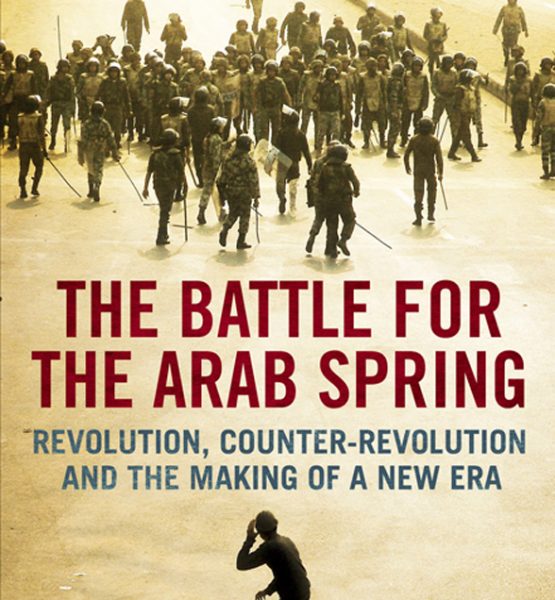The Influence of Social Media on the Arab Spring
Since December 2010 countries across the Middle East have employed a variety of tactics that have brought down multiple dictators and irrevocably changed the region. In The Battle for the Arab Spring: Revolution, Counter-Revolution and the Making of a New Era, Lin Noueihed and Alex Warren break down the timeline and influences for the revolutions in each individual country. Giving the reader a background on modern Arab civilization and political events, Noueihed and Warren remove the events of the Arab Spring from the preconceived notions of the Middle East to focus on only those factors that most directly affected the march towards revolution.
 The most identifiable factor in the revolutions for the casual observer would be the influx of new media, including social media and cell phones, but Noueihed and Warren warn against giving too much credit to these factors. While it is indisputable that the grainy cell phone videos of protests have gone viral and Facebook has become a place to plan rallies and gatherings, it is also important to note that only 12% of the population in Yemen had access to the Internet during their revolution and less than 1% had access to Facebook. What social media was able to do according to Noueihed and Warrenwas it “eroded old elites, forcing the traditional media to re-evaluate its role and weakening the power of the national government and hierarchal organizations.” As the Arab Spring spread across the Middle East governments began to realize the power of the Internet and social media. Hosni Mubarak, Egyptian President, tried to limit the nation’s access to the Internet during the eighteen day protest from late-January to early-February 2011. Governments could no longer control the flow of information to their citizens, or the outside world.
The most identifiable factor in the revolutions for the casual observer would be the influx of new media, including social media and cell phones, but Noueihed and Warren warn against giving too much credit to these factors. While it is indisputable that the grainy cell phone videos of protests have gone viral and Facebook has become a place to plan rallies and gatherings, it is also important to note that only 12% of the population in Yemen had access to the Internet during their revolution and less than 1% had access to Facebook. What social media was able to do according to Noueihed and Warrenwas it “eroded old elites, forcing the traditional media to re-evaluate its role and weakening the power of the national government and hierarchal organizations.” As the Arab Spring spread across the Middle East governments began to realize the power of the Internet and social media. Hosni Mubarak, Egyptian President, tried to limit the nation’s access to the Internet during the eighteen day protest from late-January to early-February 2011. Governments could no longer control the flow of information to their citizens, or the outside world.
Social media was able to chip away at the cult of personality around many of the regions by exposing how little was being told to the people both inside and outside a given country. Just months before the Tunisian revolution would overthrow President Ben Ali, the International Monetary Fund (IMF) had given Tunisia a very positive report. Yet on December 17, 2010, Mohamed Bouazizi lit himself on fire in protest of the unaddressed inflation and unemployment that were rampant in Tunisia. Three weeks and six days later on January 14, 2011 Ben Ali fled Tunisia. The spread of Bouazizi’s story on social media highlighted both the harsh conditions and how little was known about the countries that are often considered allies of the Western countries, including the United States.
Little has changed in Tunisia, where the Arab Spring was born, as far as those living with inflated prices and increasing unemployment are concerned and the military still holds power in Egypt, despite the unseating of Mubarak. So what has the Arab Spring born? Although this may not be a question that we are able to answer for years, or decades to come, it is clear that the rise of the people and the possibility for relatively peaceful unseating of established heads of state marks the beginning of a new era.





Hello! This is my first visit to your blog! We are a team of
volunteers and starting a new initiative in a community in the same
niche. Your blog provided us useful information to work on. You have done a outstanding job!